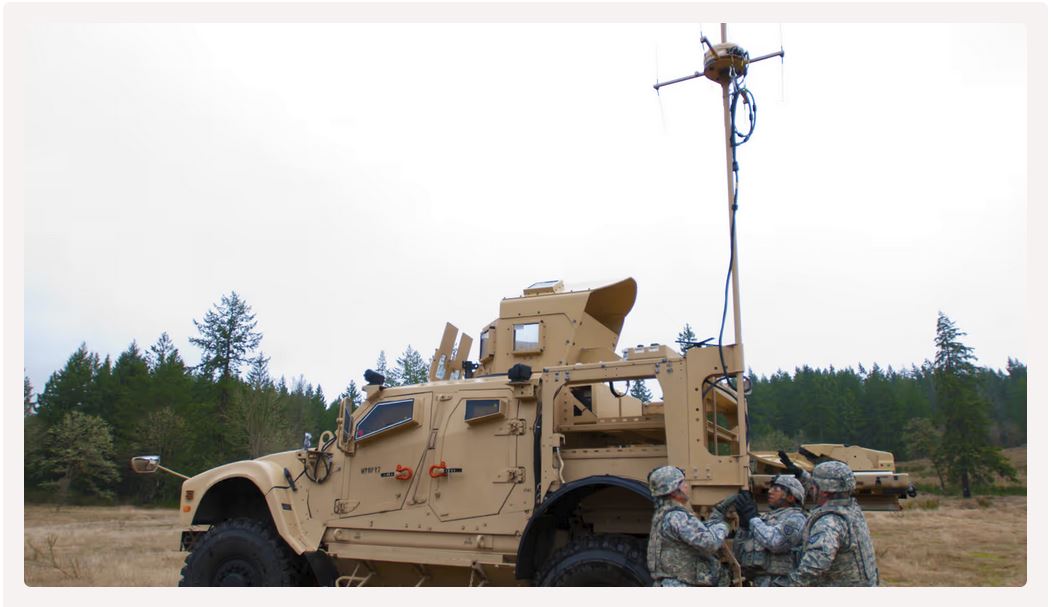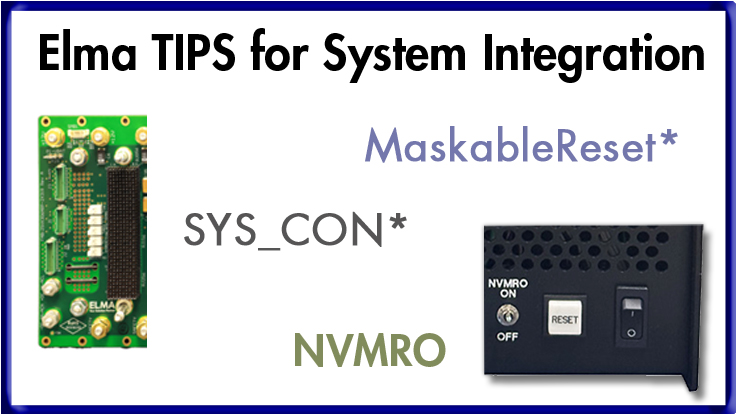The Alphabet Soup of the DoD’s MOSA Initiative
For years, modular and open standards-based embedded systems development has been driven by VITA and PICMG, two prominent industry trade associations. Recently though, a modular open systems initiative has formed within the DoD to help address future system needs.
Now called the Modular Open Systems Approach, or MOSA, it defines an objective to improve capability, compatibility and cost, and specifically references open standards, such as The Open Group Sensor Open Systems Architecture™ or SOSA, and the Future Airborne Capability Environment™ or FACE™. At the heart of this initiative are several other standards that support different aspects of open architecture design, as well.
The Start of a Standard
The origins of MOSA comes from the main service branches of the DoD as well as from existing industry standards, like VITA’s OpenVPX. The Army created a set of standards called CMOSS (C4ISR Modular Open Suite of Standards) and VICTORY (Vehicular Integration for C4ISR/EW Interoperability). The Navy has HOST, or Hardware Open Systems Technologies, and the Air Force started SOSA. But starting in 2018, an umbrella standard encompassing all efforts has moved everything forward under the single standard name of SOSA. (Figure 1)

SOSA addresses the system hardware elements and software sensor modules. The SOSA® Consortium includes a growing list of over 175 industry members, reserach and defense agencies, working together to create a common set of standards. Members, such as Elma Electronic and several of its industry partners, commit to participate in the development of the standards through participation in SOSA’s technical working groups and outreach committees. There have been several milestones achieved, with the first official draft standard released in 2021.
The key benefits of a unified effort towards interoperability are clear. With everyone working on the same platform, technologies won’t become outdated or isolated as often, so technology obsolescence lessens. Developers no longer need to reinvent the wheel, so companies can shorten time to market, using standardized, proven technologies. The sharing of ideas among develops, vendors and customers alike will build a stronger ecosystem that leads to new ways of thinking. And development costs are kept in check, since system manufacturers can utilize interoperable components that already integrate and communicate with one another.
Understanding Key Terminology of SOSA
With the number trade organizations, key industry players and government agencies involved in the development and adoption of SOSA, the list of acronyms used to define this new industry initiative has become a veritable alphabet soup. This can cause confusion for industry veterans and newcomers alike. Elma has developed a glossary of key acronyms and organizations typically encountered when working within this open standards environment (Figure 2).
Download a copy of the Alphabet Soup of the DOD’s Hardware Convergence to keep key terminology at the ready for the next time you’re working with SOSA open standards.


